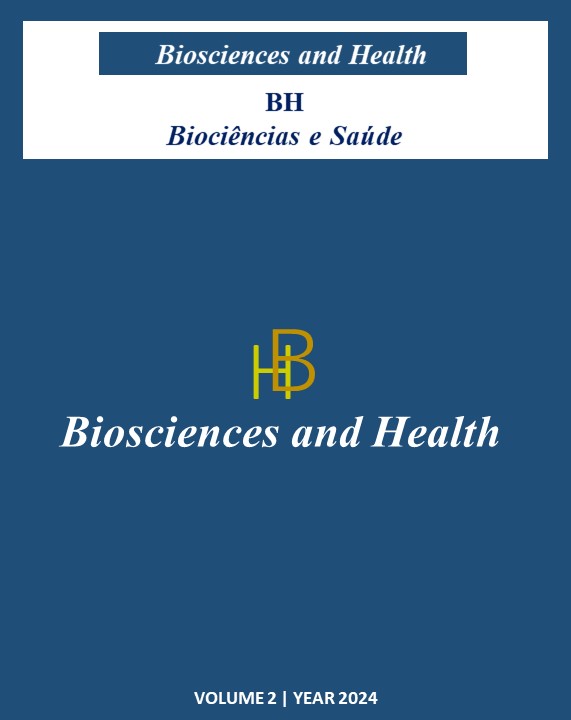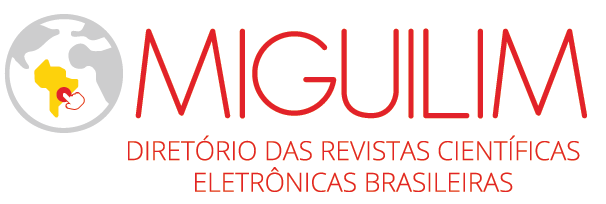The contribution of phytotherapy to women's intimate health: a narrative review
DOI:
https://doi.org/10.62331/2965-758X.v2.2024.66Keywords:
Herbal medicine, Gynecological health, Medicinal herbs, Alternative treatmentAbstract
This study provides a comprehensive and in-depth analysis of the therapeutic potential of phytotherapy in female intimate health (FIH), critically addressing both the reported benefits and the inherent limitations and risks associated with the use of medicinal plants in managing gynecological conditions. The objective was to systematically investigate the applicability of phytotherapy in this context, emphasizing its clinical relevance. The methodology consisted of a narrative literature review, selecting studies published between 2013 and 2024. Three primary studies were analyzed, highlighting significant contributions from the literature regarding the use of phytotherapy in FIH. It is concluded that, although promising phytotherapy in FIH, still requires controlled clinical trials to establish standardized and safe protocols for its effective incorporation into clinical practice.
References
Silva MCLP, Alcócer JCA, Sousa LB, Costa EC, Pinto ORO, Maciel NS, et al. Fitoterapia como intervenção em saúde da mulher: revisão integrativa da literatura. Cogit Enferm. 2020; 25:e71158. http://dx.doi.org/10.5380/ce.v25i0.71158
Pissolato LP, Pissolato LP, Palata AV, Ribeiro GHR, de Sousa UR, Mezanini MB, et al. Alecrim e seus principais efeitos fitoterápicos com impacto na cefaleia crônica: estudo integrativo de uma terapia não convencional para a saúde humana. BioscHealth. 2023; 1:1-7. https://doi.org/10.62331/2965-758X.v1.2023.34
Brasil, Ministério da Saúde. Política Nacional de práticas integrativas e complementares: fitoterapia. Ministério - Editora MS. 2015. Disponível em: https://bvsms.saude.gov.br/bvs/folder/pnpic_fitoterapia.pdf
Sá, CC de, Ribeiro CL, Costa VR de OT. Uso de fitoterápicos na saúde da mulher. REVISA. 2023; 12(2):321-329. Disponível em: https://rdcsa.emnuvens.com.br/revista/article/view/140
Conselho Federal de Medicina. Resolução CFM nº 2.068, de 26 de novembro de 2013. Dispõe sobre a norma específica. Disponível em: https://sistemas.cfm.org.br/normas/visualizar/resolucoes/BR/2013/2068
Cardoso BS, Amaral VCS. O uso da fitoterapia durante a gestação: um panorama global. Ciênc Saúde Colet. 2019; 24(4):1439-50. Disponível em: https://doi.org/10.1590/1413-81232018244.07472017
Iranifard E, Ghezelhesari EM, Yas A. The effect of saffron on labor and childbirth: A systematic review and meta-analysis. International Journal of Herbal Medicine. 2022; 10(1):26-31. Disponível em: https://www.florajournal.com/archives/?ArticleId=802&issue=1&part=A&vol=10&year=202
Sousa CGA, Pereira CNP, Pires BI, Saggioro VM, Freitas FL, Santana JAPC. Os efeitos da curcumina e seu potencial como tratamento na Síndrome dos Ovários Policísticos. Contrib Cienc Soc. 2024; 17(6):e7272. https://doi.org/10.55905/revconv.17n.6-031
Talebi F, Malchi F, Abedi P, Jahanfar S. Effect of dill (Anethum Graveolens Linn) seed on the duration of labor: a systematic review. Complement Ther Clin Pract. 2020; 41:101251. https://doi.org/10.1016/j.ctcp.2020.101251
Ekor M. The growing use of herbal medicines: issues relating to adverse reactions and challenges in monitoring safety. Front Pharmacol. 2014; 4:177. https://doi.org/10.3389/fphar.2013.00177
Zhang J, Onakpoya IJ, Posadzki P, Eddouks M. The safety of herbal medicine: from prejudice to evidence. Evid Based Complement Alternat Med. 2015; 2015:316706. https://doi.org/10.1155/2015/316706
Van Wyk AS, Prinsloo G. Health, safety and quality concerns of plant-based traditional medicines and herbal remedies. South African Journal of Botany. 2020; 133:54-62. https://doi.org/10.1016/j.sajb.2020.06.031
Mansoor K, Aburjai T, Al-Mamoori F, Schmidt M. Plants with cosmetic uses. Phytother Res. 2023; 37(12):5755-5768. https://doi.org/10.1002/ptr.8019
Kamal DAM, Salamt N, Yusuf ANM, Kashim MIAM, Mokhtar MH. Potential health benefits of curcumin on female reproductive disorders: a review. Nutrients. 2021; 7;13(9):3126. https://doi.org/10.3390/nu13093126
Porro C, Panaro MA. Recent progress in understanding the health benefits of curcumin. Molecules. 2023; 28(5):2418. https://doi.org/10.3390/molecules28052418
Rapti E, Adamantidi T, Efthymiopoulos P, Kyzas GZ, Tsoupras A. Potential applications of the anti-inflammatory, antithrombotic and antioxidant health-promoting properties of curcumin: a critical review. Nutraceuticals. 2024; 4:562-595. https://doi.org/10.3390/nutraceuticals4040031
Morehead A, McInnis LA. Herbal supplements for common women's health issues. Nurs Clin North Am. 2021; 56(1):69-78. https://doi.org/10.1016/j.cnur.2020.10.006
Posadzki P, Watson LK, Ernst E. Adverse effects of herbal medicines: an overview of systematic reviews. Clin Med (Lond). 2013; 13:7-12. https://doi.org/10.7861/clinmedicine.13-1-7
Aljofan M, Alkhamaiseh S. Prevalence and factors influencing use of herbal medicines during pregnancy in hail, Saudi Arabia: a cross-sectional study. Sultan Qaboos Univ Med J. 2020; 20(1):e71-e76. https://doi.org/10.18295/squmj.2020.20.01.010
Im HB, Ghelman R, Portella CFS, Hwang JH, Choi D, Kunwor SK, et al. Assessing the safety and use of medicinal herbs during pregnancy: a cross-sectional study in São Paulo, Brazil. Front Pharmacol. 2023; 14:1268185. https://doi.org/10.3389/fphar.2023.1268185
Downloads
Published
How to Cite
Issue
Section
License
Copyright (c) 2024 Biosciences and Health

This work is licensed under a Creative Commons Attribution 4.0 International License.









